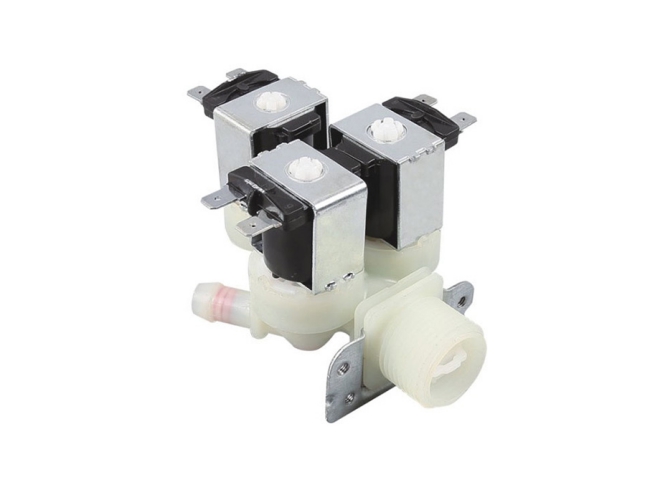The solenoid valve cannot switch the action of the cylinder when the solenoid valve is energized. The most likely reason is that the air pipe is inserted incorrectly, or the magnetic switch signal on the cylinder is connected to the controller reversely!
The most commonly used cylinder has two intake ports, or when one acts as an intake port, the other acts as an outlet. In this way, the extension of the cylinder is determined by changing the two intake ports, whether it is intake or exhaust or return.
Back to your question, the solenoid valve is energized. If the solenoid valve is normal, the indicator light on the solenoid valve will be on, which proves that the solenoid valve on the side is powered. If the solenoid valve on the side is powered, the cylinder should be Reach out.
Under normal circumstances, compressed air enters the cylinder through the solenoid valve, and the other air hole of the cylinder is in the exhausted state. If the inlet and outlet trachea are inserted incorrectly at this time, the cylinder will become retracted.

However, before the cylinder is extended, it is usually in a state of being retracted to the bottom. At this time, because the trachea is inserted incorrectly, then the cylinder is the retreat and there is no retreat. Therefore, you can see that the solenoid valve is lit and the air pressure gauge is normal, but the cylinder does not move For this reason.
The above explanation is that the air pipe is inserted incorrectly, causing the air cylinder to not move. Let's talk about the cylinder inaction that may be caused by the cylinder unit sensor.
The cylinder controlled by the PLC program usually needs to receive the signal that the cylinder is extended and retracted. The usual way is to receive the signal to think that the cylinder is in place, and then the program drives the next action. If the signal of the cylinder position is not obtained, then The next action command will not be issued.
Similarly, when the cylinder stretches out, the sensor at the stretched position lights up, but the program considers it to be a retracted sensor, and it will continue to issue commands for the cylinder to stretch out, but the cylinder is actually stretched out.
However, because the signal is connected to the PLC or the definition point in the other controller is reversed, the command output by the controller is contrary to the actual operation, and eventually, the solenoid valve is turned on, but the cylinder cannot move!
The above information is provided by a copper irrigation valve manufacturer.